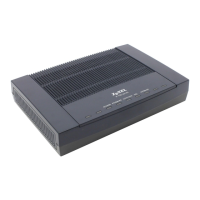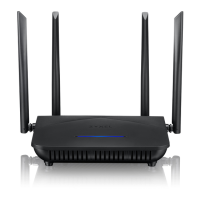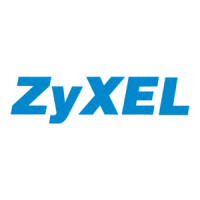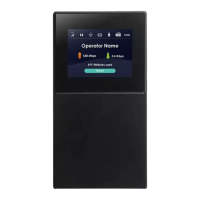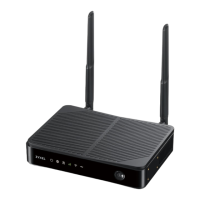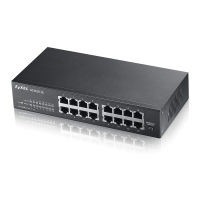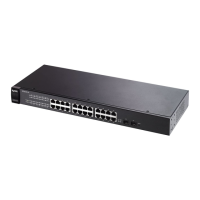Chapter 22 Bandwidth Management
NBG-419N v2 User’s Guide
165
The following table describes the labels in this screen.
22.5.2 Rule Configuration: User Defined Service Rule Configuration
If you want to edit a bandwidth management rule for other applications or services, click the Edit
icon in the User-defined Service table of the Advanced screen. The following screen displays.
Figure 115 Bandwidth Management Rule Configuration: User-defined Service
The following table describes the labels in this screen
Table 74 Bandwidth Management Rule Configuration: Application List
LABEL DESCRIPTION
# This is the number of an individual bandwidth management rule.
Enable Select an interface’s check box to enable bandwidth management on that interface.
Direction These read-only labels represent the physical interfaces. Bandwidth management applies to
all traffic flowing out of the router through the interface, regardless of the traffic’s source.
Traffic redirect or IP alias may cause LAN-to-LAN traffic to pass through the Router and be
managed by bandwidth management.
Bandwidth Select Maximum Bandwidth or Minimum Bandwidth and specify the maximum or
minimum bandwidth allowed for the rule in kilobits per second.
Destination Port This is the port number of the destination that define the traffic type, for example TCP port
80 defines web traffic.
See Appendix E on page 261 for some common services and port numbers.
Source Port This is the port number of the source that define the traffic type, for example TCP port 80
defines web traffic.
See Appendix E on page 261 for some common services and port numbers.
Protocol This is the protocol (TCP, UDP or user-defined) used for the service.
Apply Click Apply to save your customized settings.
Cancel Click Cancel to exit this screen without saving.
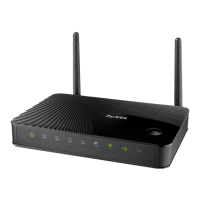
